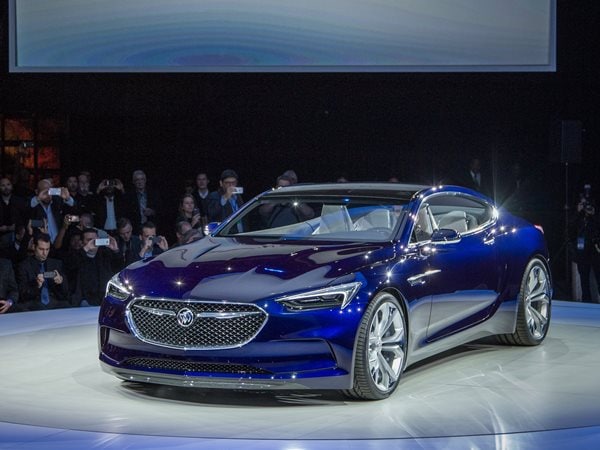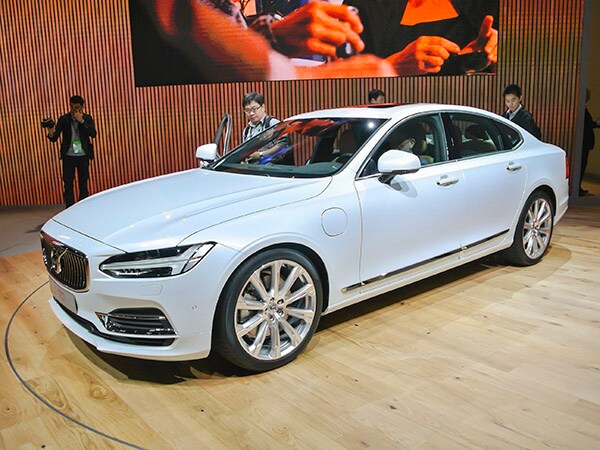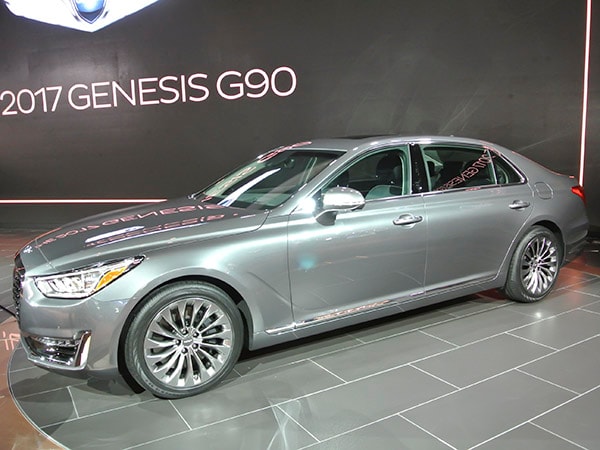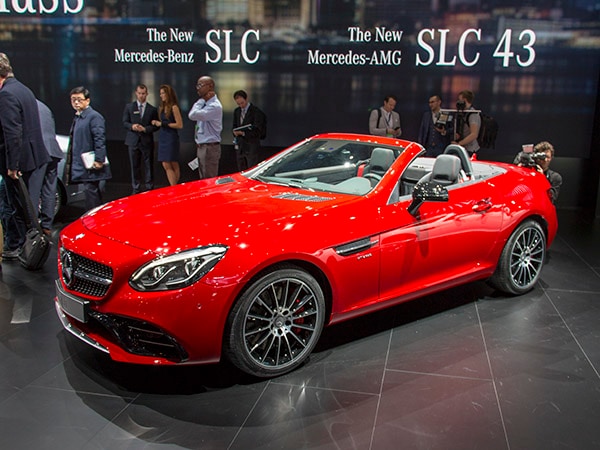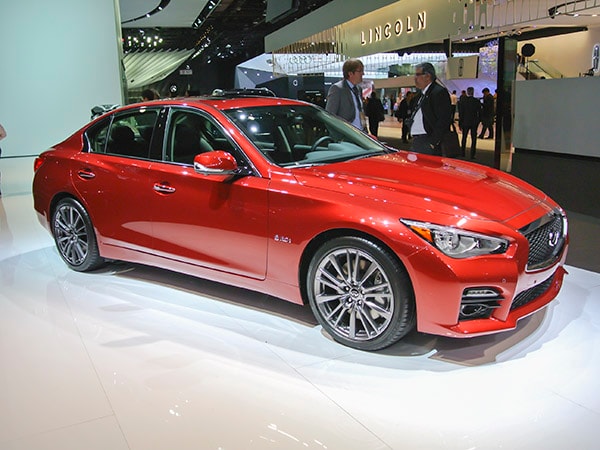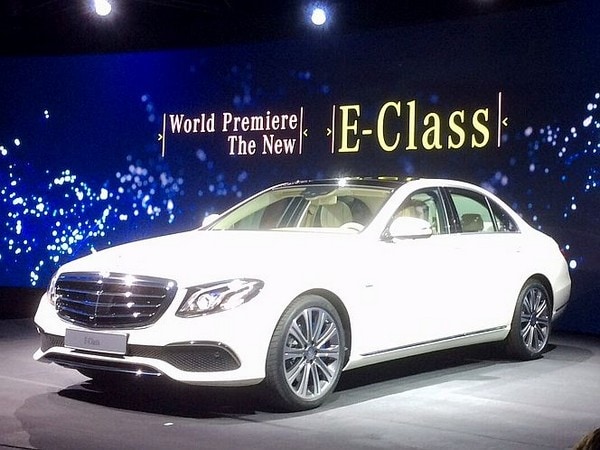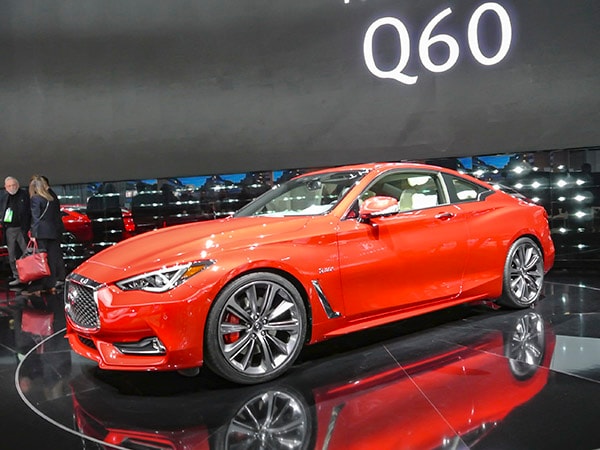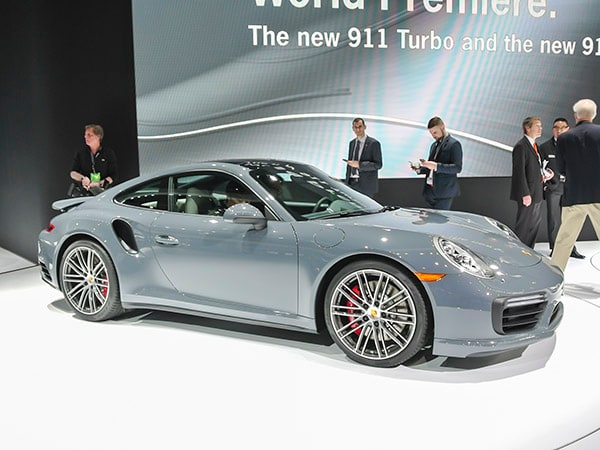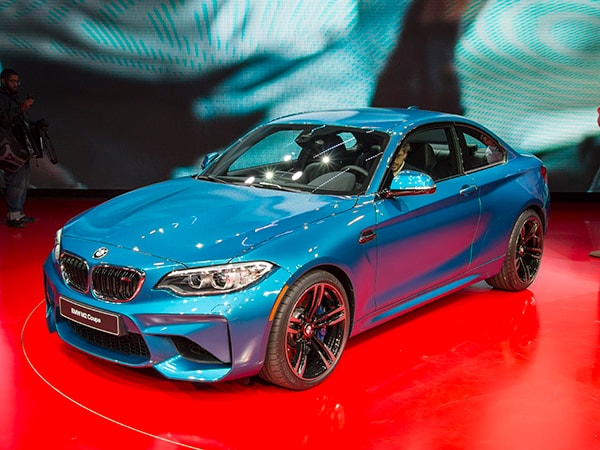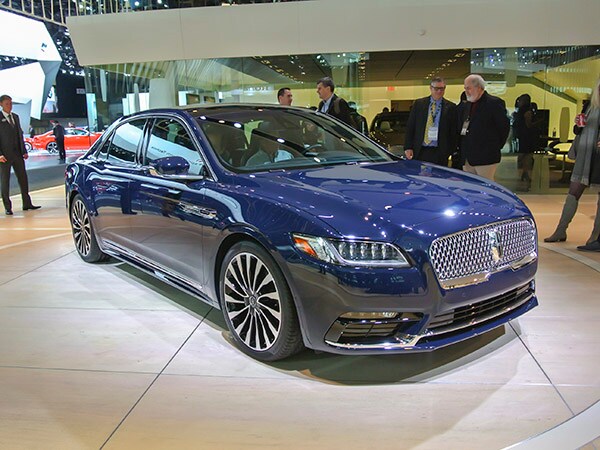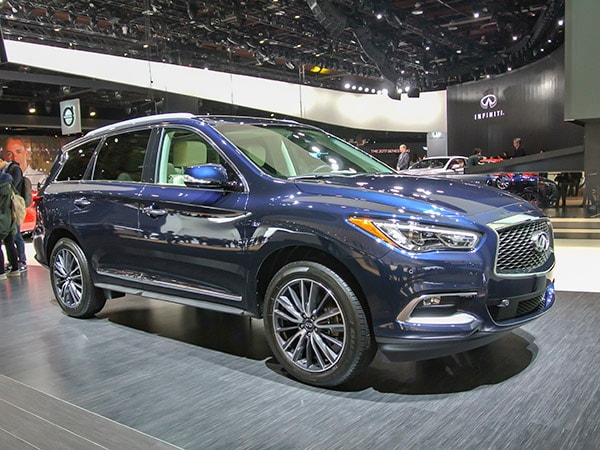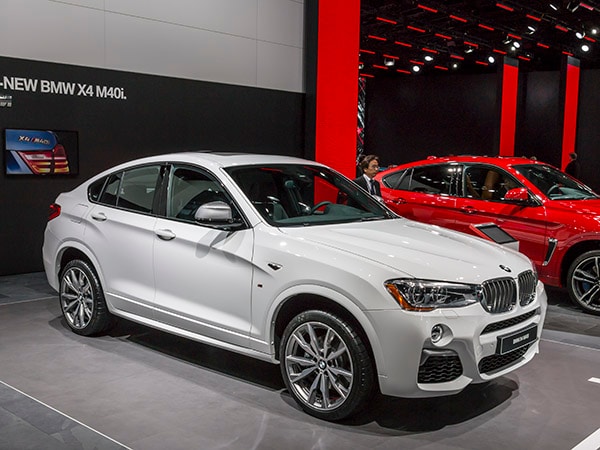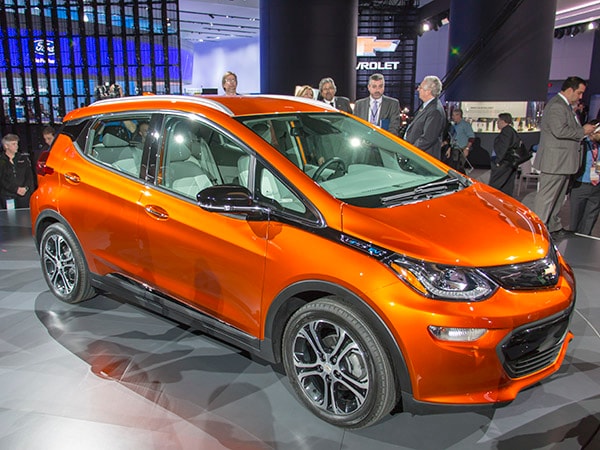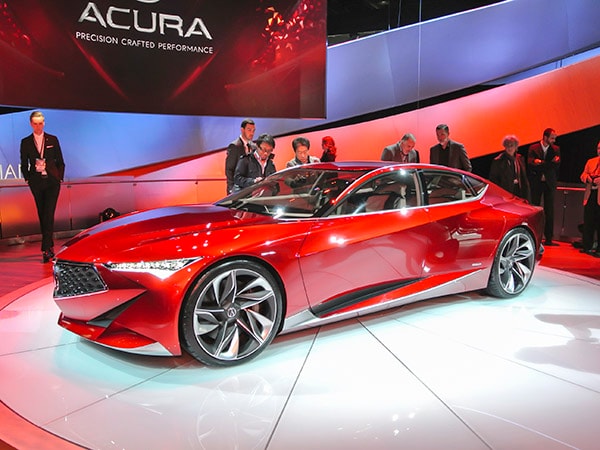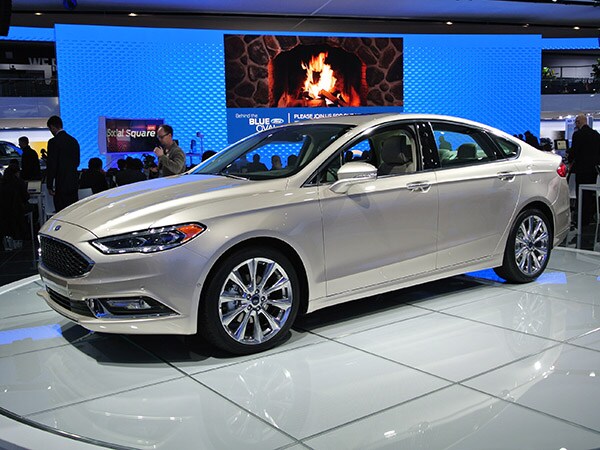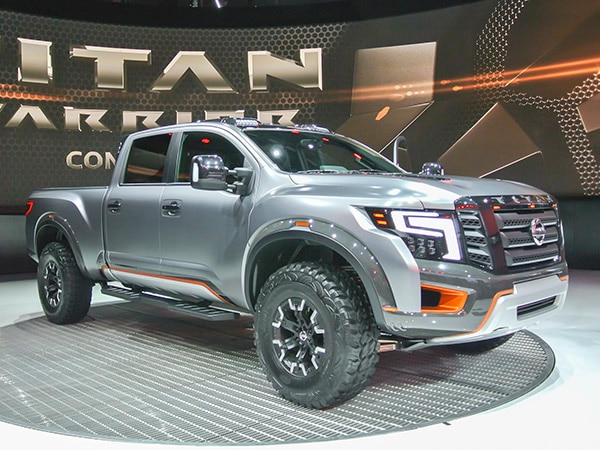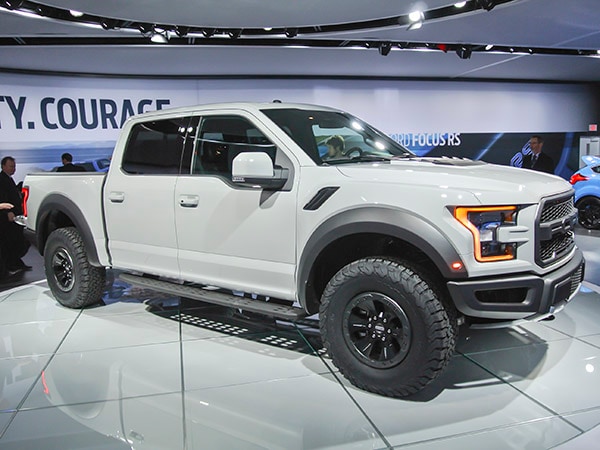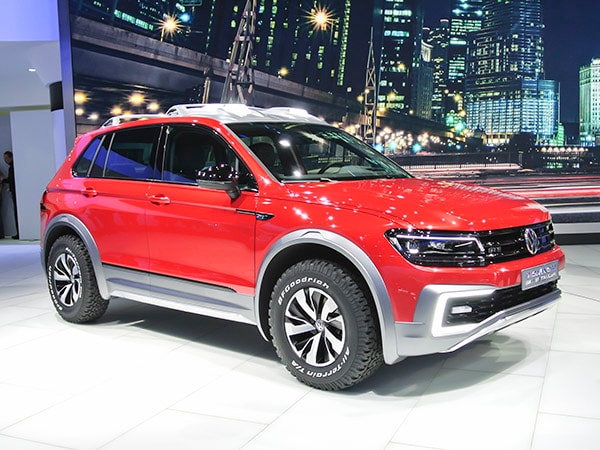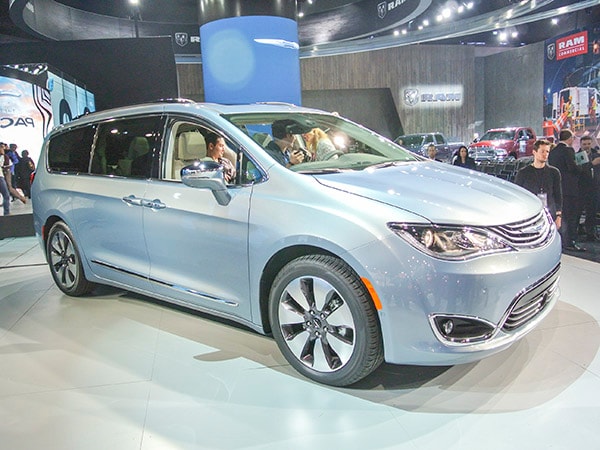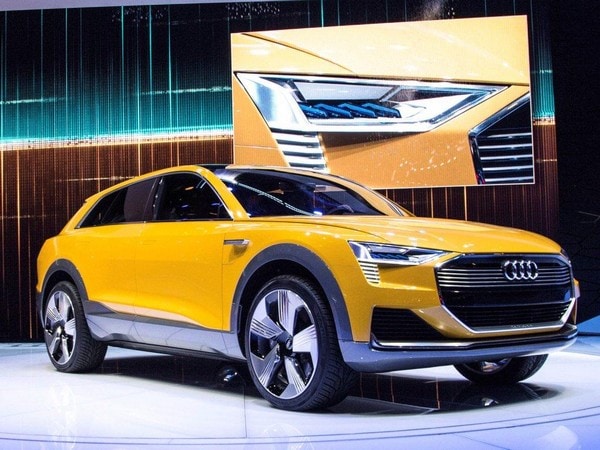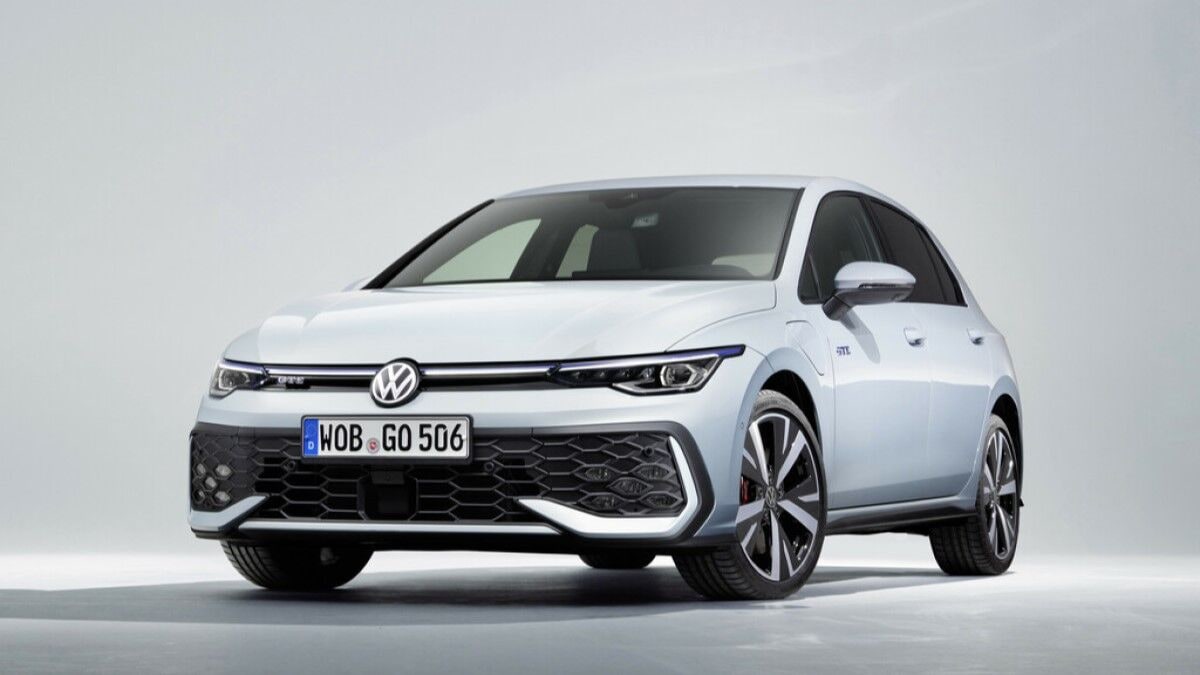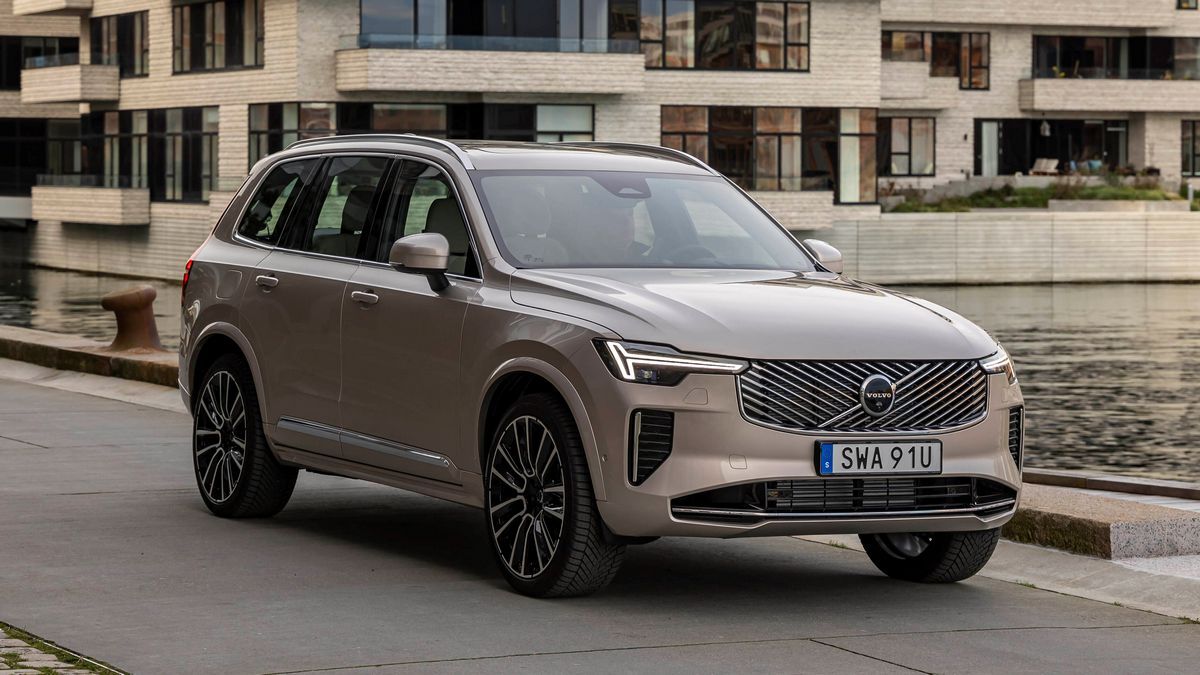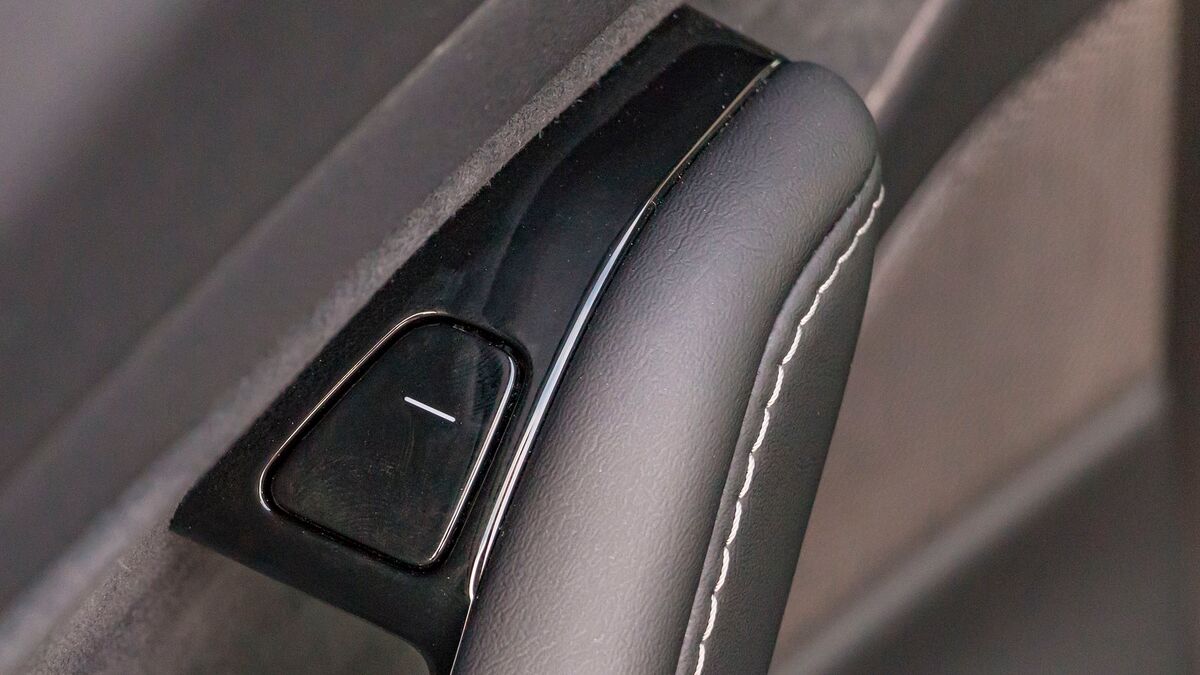After a holiday break, the automakers quickly got back down to business at the North American International Auto Show in Detroit, an event that is more about industry trends than a product showcase for the general public. Among the major developments was the emphasis on flagship coupes and sedans, although a resurrected Honda Ridgeline pickup and Chrysler’s long awaited successor to the Town & Country minivan earned their fair share of buzz, too.
Flagships set sail
Even as crossovers continue to grow in popularity, manufacturers are intent on having large sedans and coupes as a way of creating a halo for the rest of their product lineups. At Detroit, no fewer than five of these range topping vehicles bowed either in production or concept form. The 2017 Lincoln Continental made its production debut, replacing the current MKS as the division’s top sedan. Also, the Volvo S90 bowed as the Swedish automaker transforms itself into a true luxury player. Looking to step up a class, Hyundai officially launched its new luxury division with the introduction of the Genesis G90, a handsome sedan incorporating the stunning looks of last year Vision G concept. Meanwhile Infiniti presented a facelifted and performance-infused version of its G50 sedan for 2016.
Looking to set the tone for a future sedan that will likely replace the current RLX 4-door, the Acura Precision Concept is an early take on the design direction pursued by Honda’s upscale division. And the big, bad 2018 Lexus LC 500 coupe was among the most talked about production models at the show.
Trucks in the spotlight
While the second-generation Honda Ridgeline truck keeps the unique two-way rear tailgate and in-bed lockable "trunk," gone is the polarizing flying buttress styling. The 2017 Chrysler Pacifica replaces the long-in-the-tooth Town & Country minivan, with a more contemporary, less boxy new look. The second-generation GMC Acadia three-row SUV has undergone a similarly comprehensive makeover, shedding size and weight to get more inline with the rest of the midsize SUV segment.
Also making its auto show was the 2017 Chevrolet Bolt, a dedicated EV with a range of more than 200 miles per charge and pricing in the $30,000 range. With double the range of the Leaf EV and half the price of a Tesla Model S, Chevy is looking to make the Bolt a viable alternative to conventional gasoline-powered vehicles.
As you can see from the pictures below, that’s not all. Click on your favorites to get a closer look at the immediate future of transportation.
Previous Detroit Auto Shows
The Detroit Auto Show remains one of the biggest and most anticipated auto shows in the world and draws more visitors to kbb.com than any other auto show. Also known by the loftier North American International Auto Show or NAIAS, the Detroit Auto Show is held annually at downtown Detroit’s Cobo Center, with a public opening date around the middle of January. Not just the home auto show for the American auto industry, the Detroit Auto Show is also an important show for automakers from around the world as the key car show in one of the world’s largest car markets.
2015 Detroit Auto Show The Hyundai Santa Cruz Concept had Subaru Brat fans recalling fond memories, even if it didn’t have in-bed seating.
2014 Detroit Auto Show Toyota had the FT-1 Concept, Kia had the GT-4 Stinger Concept, and we wanted one of each.
2013 Detroit Auto Show Before it became reality, the second coming of the Acura NSX was just an unattainable concept car.
2012 Detroit Auto Show The aluminum-intensive, turbocharged Ford F-150 first peeked out at the world as the Ford Atlas Concept.
2011 Detroit Auto Show Remember the Kia KV7 Concept? Neither did we, but it was fun getting caught up when we saw it again.
2010 Detroit Auto Show MINI Beachcomber Concept, why did you never make something of yourself and become something we could buy?
